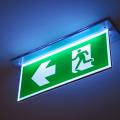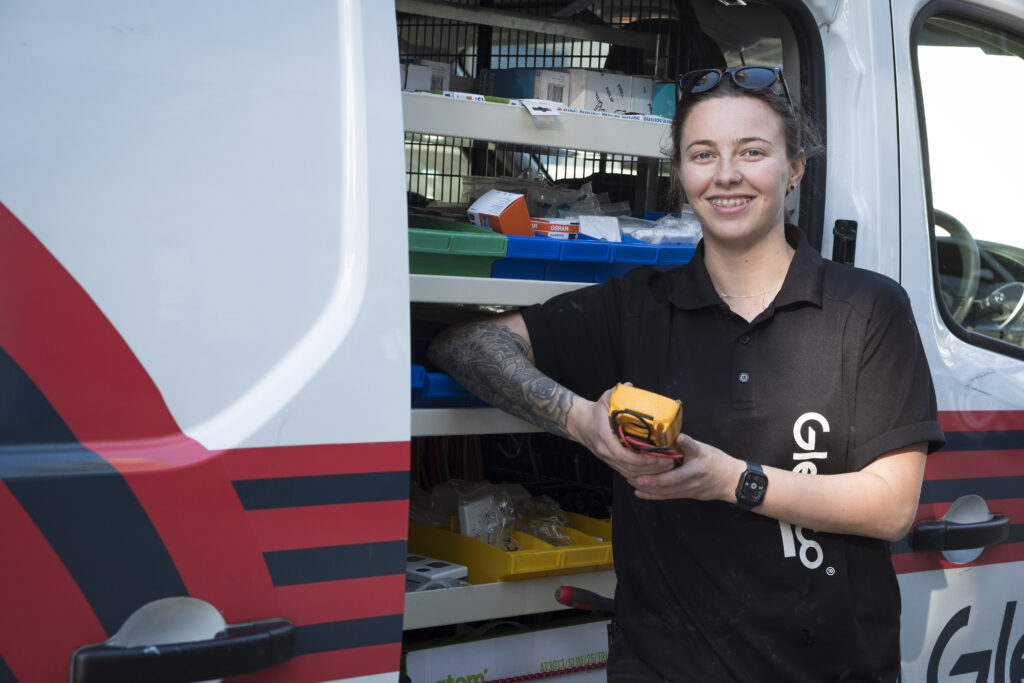One of the most integral yet often overlooked elements to ensuring building safety is emergency lighting. Many building owners underestimate the importance of emergency lights, realising too late that they should have given more attention to these life-saving components.

Emergency lighting is entirely different from regular lighting. They are not used to simply illuminate spaces; in cases of emergencies, these lights may be the building occupants’ only guide to safety. Failing to install or maintain these can have serious legal as well as life-threatening consequences. It is crucial therefore, to have them installed by a professional electrician in Sydney or in your locality, and use these facts as your emergency lighting guide:
1. Emergency lighting for home or office use is not meant to illuminate just any space. They are meant to illuminate key areas: hallways, stairwells (or any other passage leading to an exit) and exit points. They should also properly illuminate changes in direction toward exits; any trip hazards; storage areas of firefighting equipment and first-aid kits; call points and outside final exits.
2. There are 3 main types:
• Escape route lighting – this is used to illuminate escape or exit routes.
• High risk task area lighting – this is used to illuminate areas where dangerous materials or processes are contained and need to be closely monitored.
• Open area or ‘anti-panic’ lighting – this is used to illuminate large open spaces and provide enough light to make people feel safe enough to evacuate. By selecting the right type for each space you can ensure the safe exit of all building occupants during emergencies.
3. These lights are not meant to be used as standby lighting or supply illumination should the mains power fail so people can continue working. Once they light up, that signals an emergency and people must evacuate immediately.
4. There are various regulations for installing and maintaining emergency lights that can vary from place to place, which is why it is best to have an expert in electrical services in Sydney or in your locality install and maintain these fixtures for you. These fixtures can be required to undergo monthly 30-second tests, and annual 90-minute full-load tests to ensure that the batteries and lamps remain strong and long-lasting, and that they will operate fully in the event of an emergency.
5. You should not attempt to test them on your own, even if it is emergency lighting for homes. Different types require different steps, and one wrong move can cause power disruptions to the entire building, and risk your safety.
6. Always have proper documentation every time these lights undergo testing. Apart from helping you avoid legal issues this officially ensures that your emergency lights are fully operational and meet standard safety requirements.
7. Last but certainly not least, emergency lights are part of your building’s safety system; they are designed to prevent injuries and even save lives. It would not be advisable to scrimp on them as that would be tantamount to scrimping on the safety of those inside the building.
When it comes to building safety, there should be no compromises. Keep in mind the points in this emergency lighting guide and remember to contact a reliable 24 hour electrician Sydney or in your locality to properly install and maintain your building’s emergency lights.






